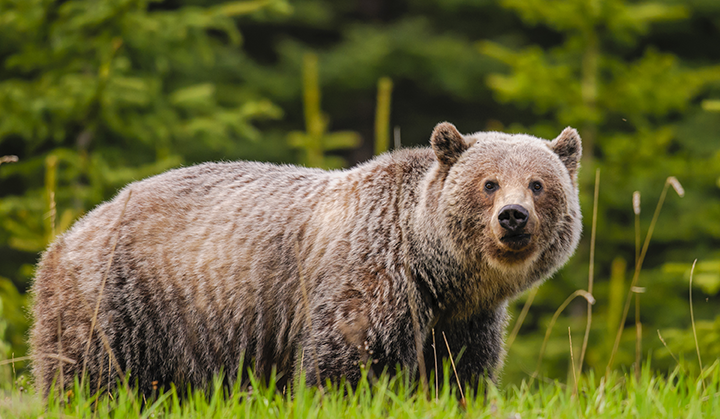CONNECTING AND PROTECTING STARTS WITH GOOD SCIENCE
Reconnecting grizzly bear populations and supporting grizzly bear connectivity is an important part of the work we do here at Y2Y. Having safe, connected landscapes for bears and other wildlife can allow their healthy populations to expand beyond their current range.
The first step is knowing where the bears are, so that’s why Y2Y is supporting a project lead by the US Fish and Wildlife Service to study bear presence in southwest Montana.
For this project, we provided some of the equipment and helped set up ‘bear-detection stations’ — camera traps, along with hair-collection wire — to find out where bears are in southwest Montana, if they are grizzly bears, and where are they from. The process is designed to be non-invasive, with minimal impact and distress to the bears.
The collected hair samples can be run for DNA analysis. This DNA information will let researchers know the bears are from the regions that border Canada to the north, or the isolated population living in the Greater Yellowstone Ecosystem.
In June, our US Program Coordinator, Hannah Rasker, went out into the field to help check and set-up some of these stations.
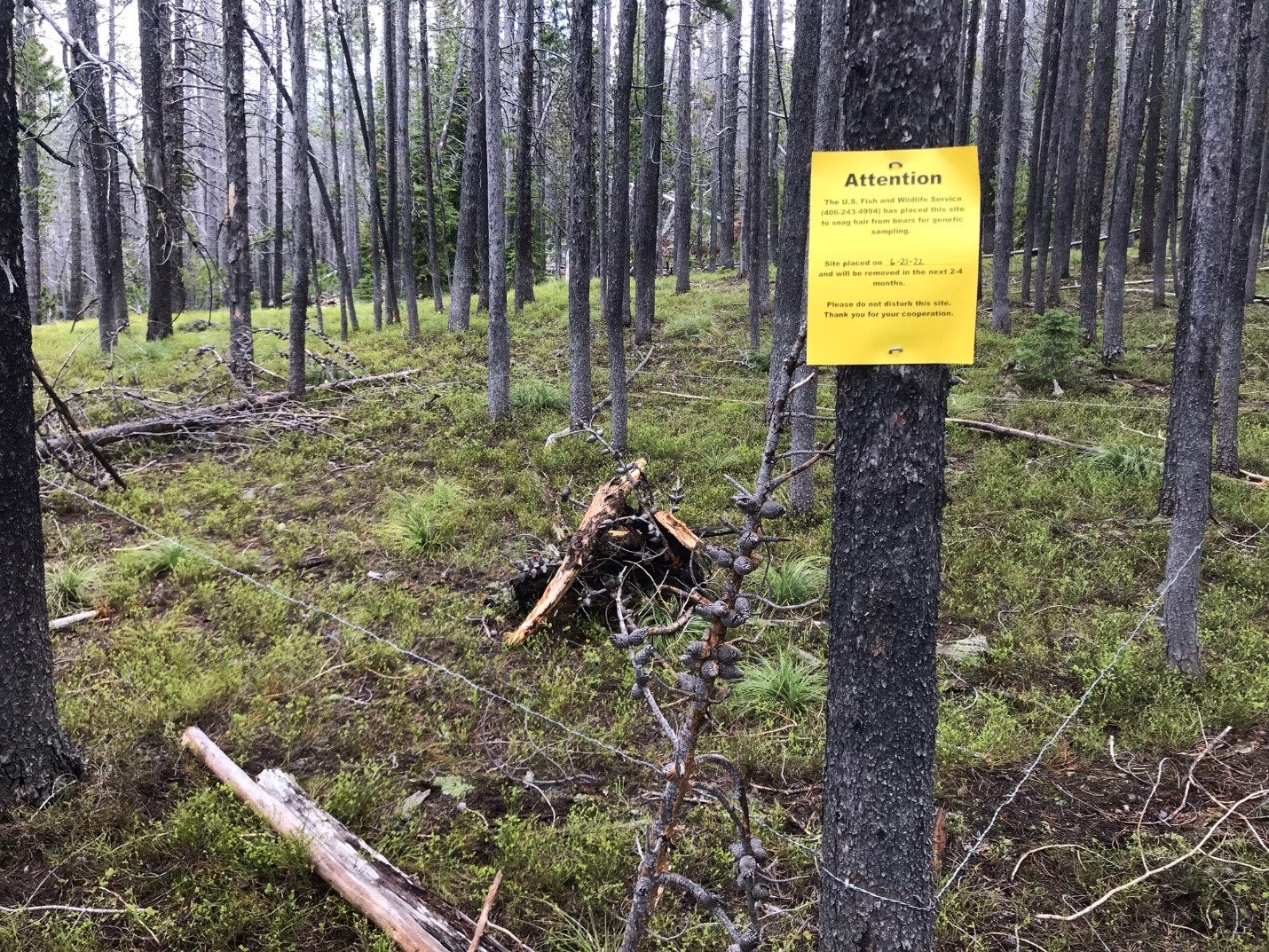
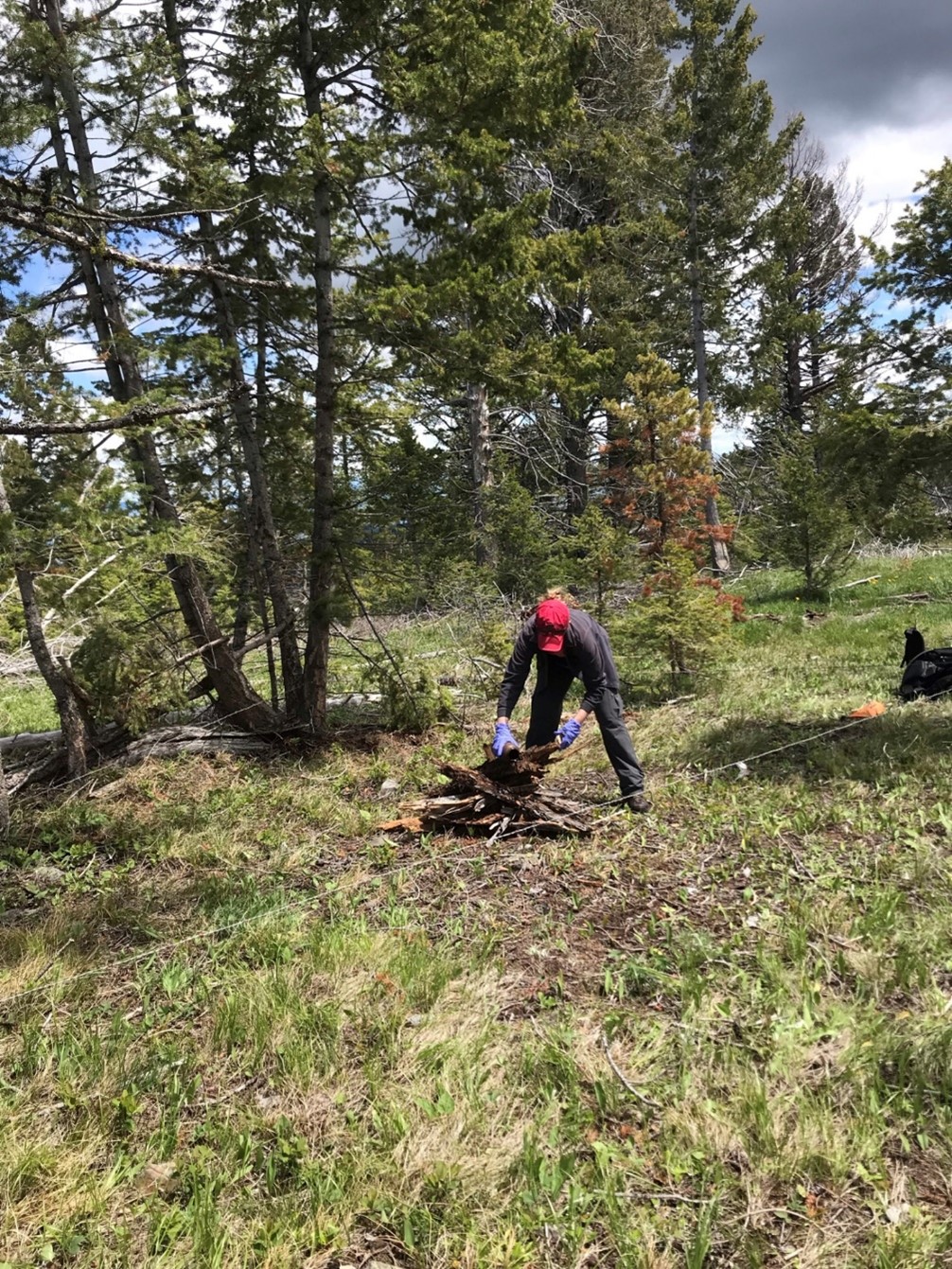
MAKING A BEAR DETECTION STATION
The pile of wood in the middle doesn’t look like much — but it’s coated with a super pungent and a bear-y appealing goo.
The recipe involves fermenting ungulate blood and rotting fish for a year. By the time it’s ready to be applied to a bear station, it’s recommended those using it wear thick gloves, otherwise the smell will stay with you for a while.
Barbed wire is wound around the perimeter of the area, which will snag hair for the DNA sampling. While a game camera captures footage of the animals as they walk into a corral. The cameras are bear-resistant, locked in a metal box and secured to the tree.
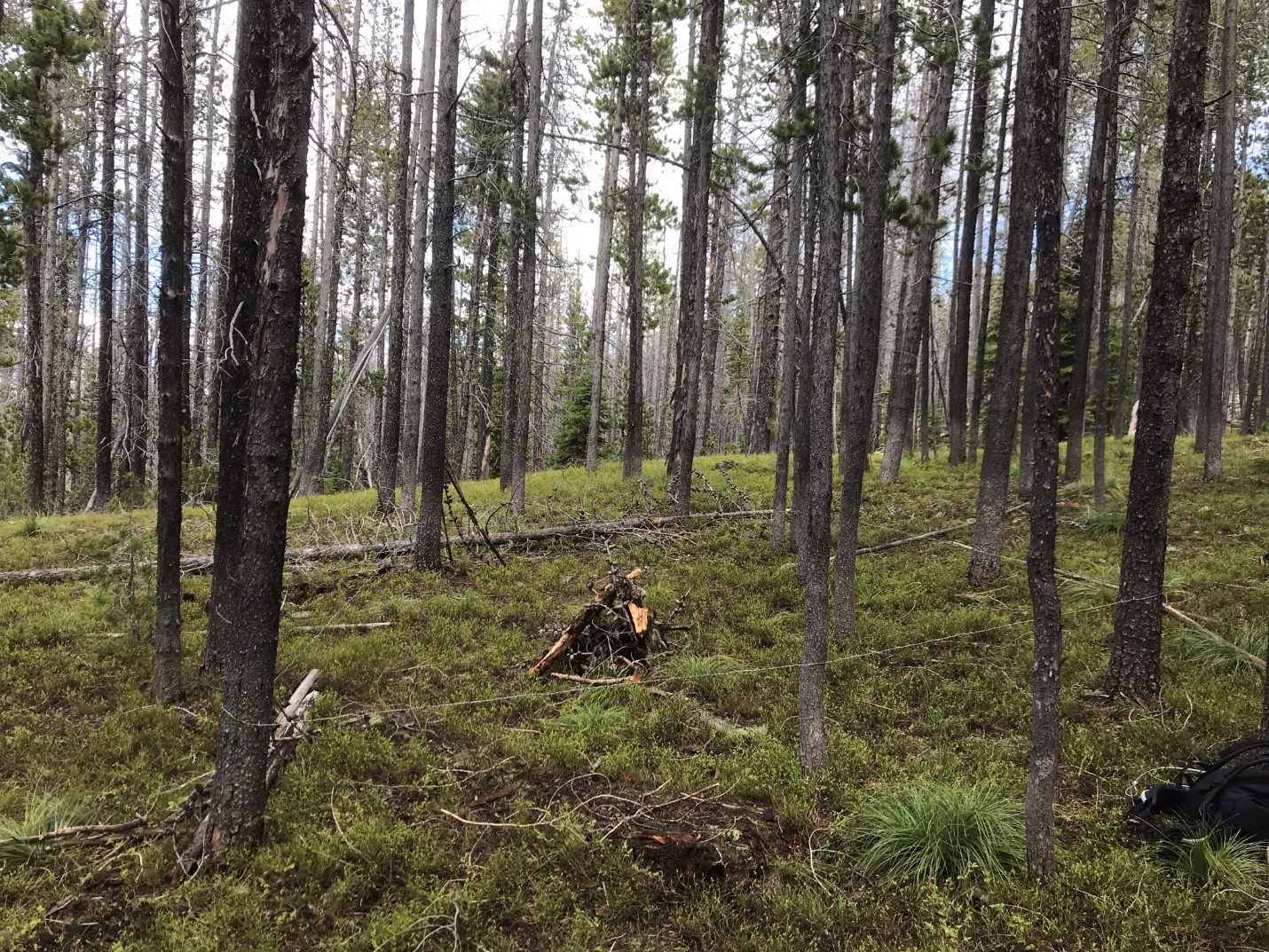
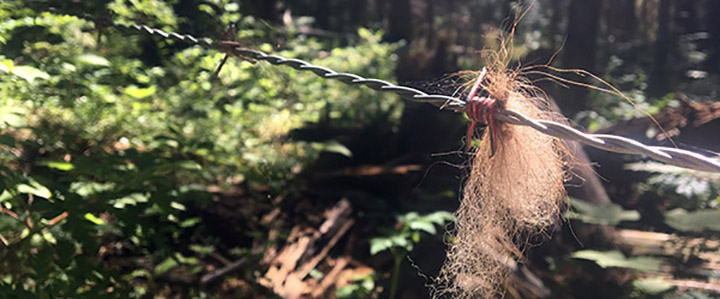
The whole process takes about an hour to ensure the station is ready to capture the presence of bears and their DNA. Finding the right spot with the right distance between trees can also take some time and expertise.
Research projects are an important part of collecting better data about grizzly bear connectivity. By knowing where grizzly bears are and aren’t, when they’re in the area, and if the bears are residents or visitors, we can help shape a better future for grizzly bears, and other wildlife in the area. This is why grizzly bears are “umbrella species.”
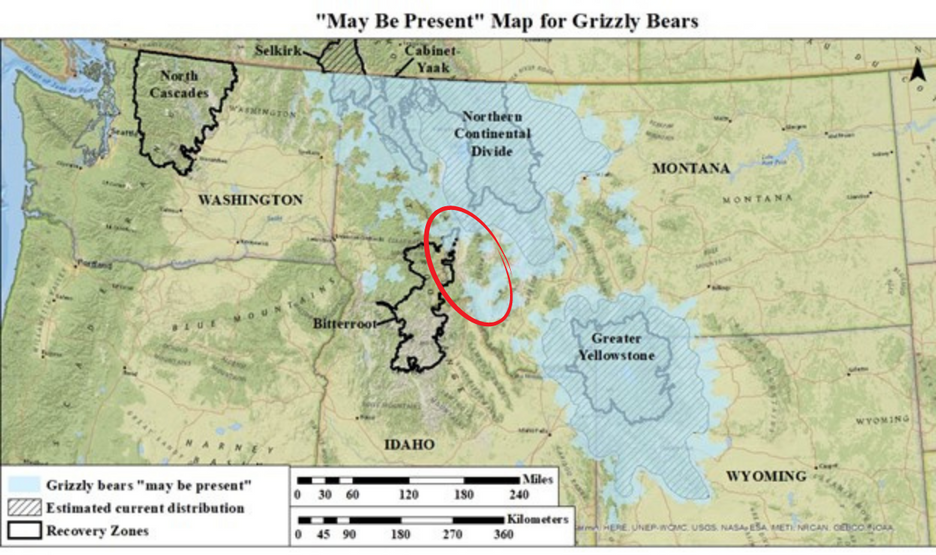
The cameras will now stay up until the fall, when USFWS staff will revisit the sites to collect them and begin reviewing photos. The DNA samples from the hair snags will be analysed at a national lab.
Results can take up to a year, but when they are ready, USFWS releases them. This information is used by agencies to better understand where the grizzly bears are in this landscape and will be used to inform management and land-use decisions.
All important steps when it comes to helping people and nature thrive!
